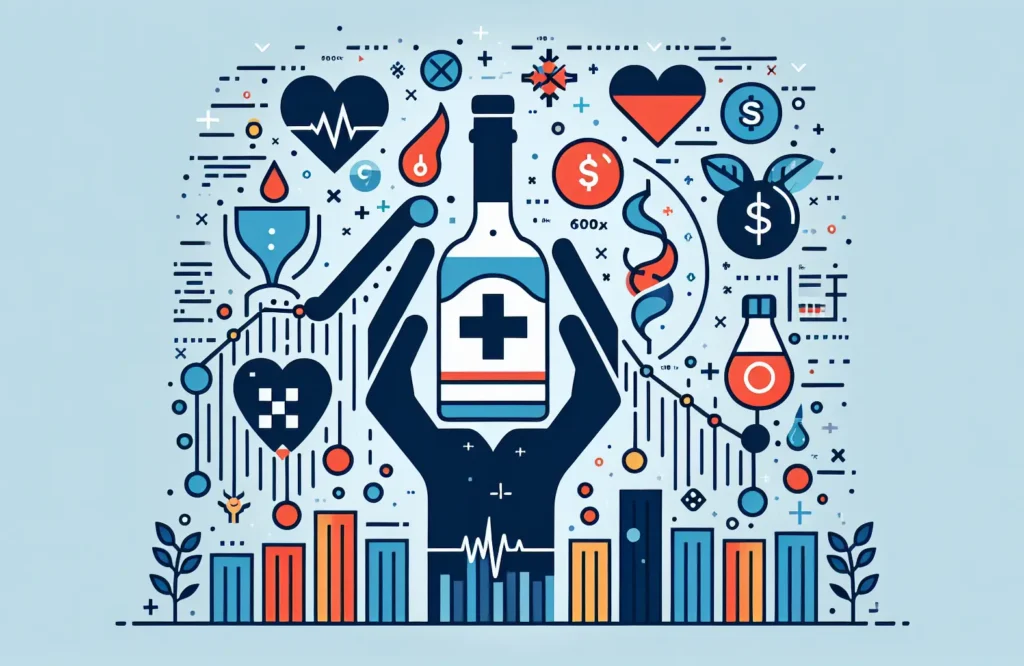
By CAFMI AI From New England Journal of Medicine
Alcohol consumption contributes significantly to preventable diseases and deaths worldwide. The International Agency for Research on Cancer (IARC) has reviewed various policies targeting this issue, highlighting taxation and pricing strategies as among the most effective. Increasing taxes on alcoholic beverages raises their price, which consistently leads to reduced consumption across different populations and drinking patterns. This reduction in intake lowers the incidence of alcohol-related health problems such as liver disease, certain cancers, injuries, and mortality. Taxation policies are particularly effective in curbing heavy and binge drinking, which cause a disproportionate share of harm. Clinicians should recognize the importance of these policies as they can reduce the burden of alcohol-related conditions they treat. Careful implementation is important to minimize unintended effects, such as a rise in illicit alcohol consumption, requiring continued regulation and monitoring.
Controlling the physical availability of alcohol through legal regulations is a key approach recommended by the IARC for reducing harmful consumption. Measures such as limiting hours and days when alcohol can be sold reduce opportunities for excessive use, particularly in social environments. Evidence links restricted sale times with decreases in alcohol-related violence, emergency department visits, and death rates. Enforcing minimum legal drinking ages delays alcohol initiation in youth, reducing risks of later dependence and other negative outcomes. These restrictions are essential preventive tools and help shape healthier drinking behaviors among adolescents and young adults. Successful enforcement relies on consistent laws and compliance checks. Challenges include cultural factors and the presence of informal markets, which require community-specific strategies alongside legislation to maximize effectiveness.
Regulating alcohol marketing and advertising is vital to influence social norms and lessen the appeal of drinking, especially among young people. The IARC highlights that restricting marketing reduces the social acceptability of alcohol use by countering industry promotion that often glamorizes it. This leads to reduced initiation rates and overall consumption. However, marketing control alone is insufficient; a comprehensive policy approach that combines pricing, availability, and marketing interventions is necessary to significantly reduce alcohol-related harm. Implementing such evidence-based policies can face opposition from the alcohol industry and cultural challenges. Effective strategies require tailoring to country-specific contexts and ongoing evaluation to adapt as needed. Clinicians play an important role in advocating for these policies, helping improve patient and public health outcomes through multi-sector collaboration.
Read The Original Publication Here